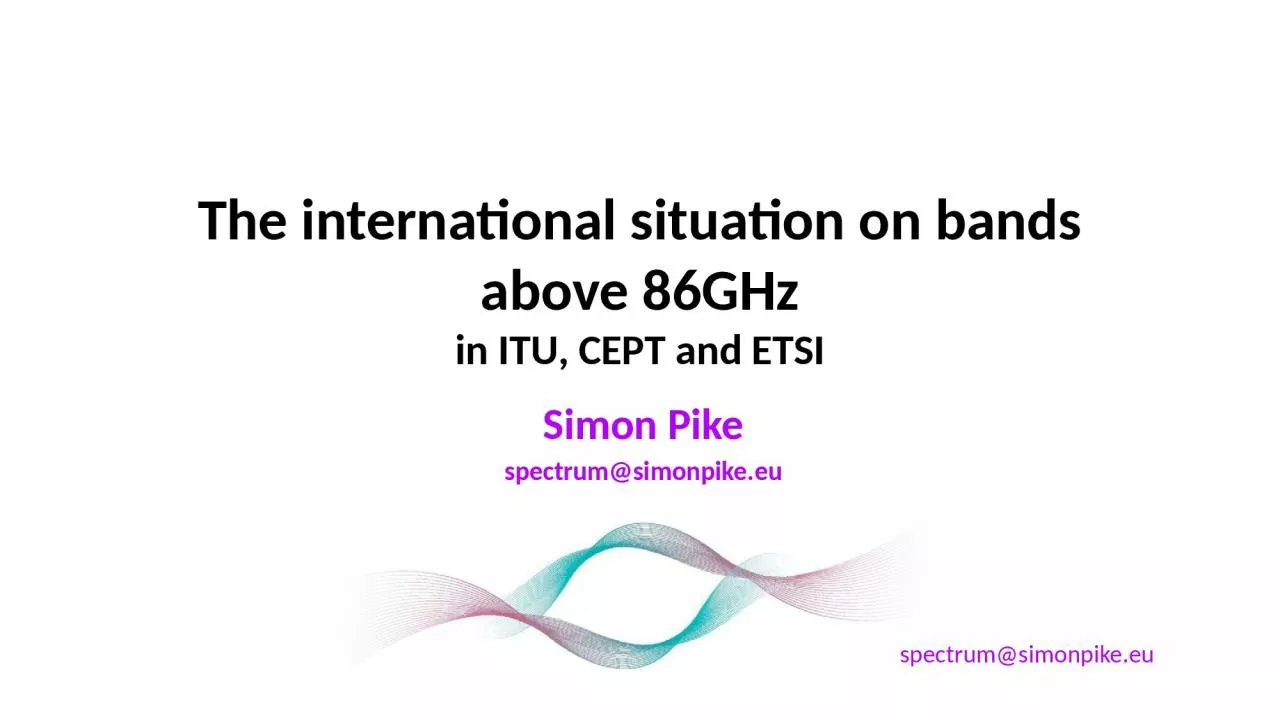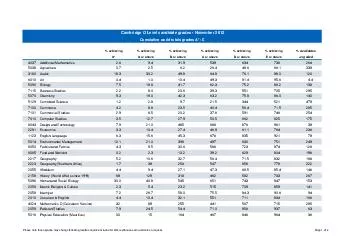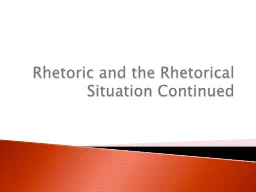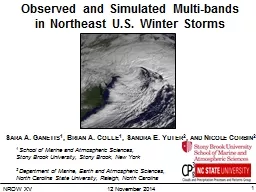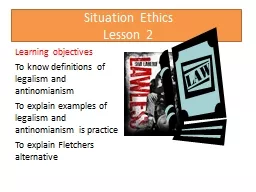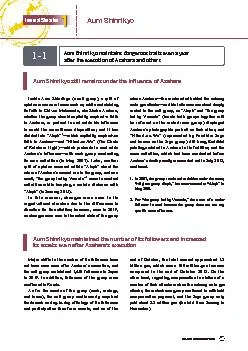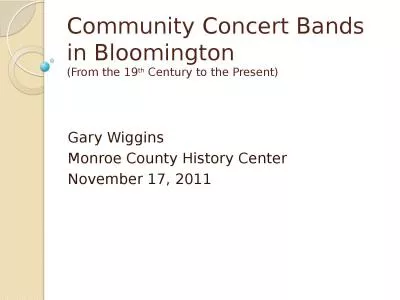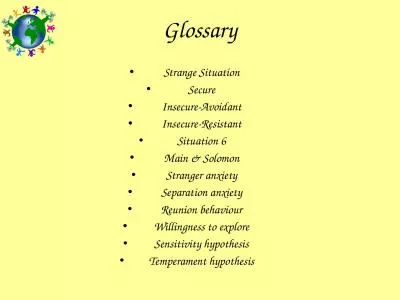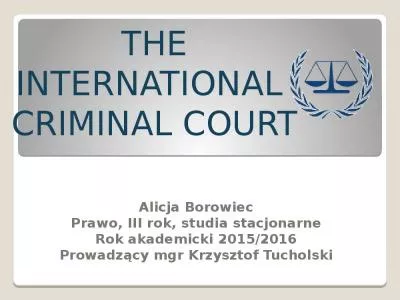PPT-The international situation on bands above 86GHz
Author : osullivan | Published Date : 2024-01-29
in ITU CEPT and ETSI Simon Pike spectrumsimonpikeeu spectrumsimonpikeeu Simon Pike Spectrum Allocations above 86 GHz 21 of spectrum between 86 GHz and 275 GHz has
Presentation Embed Code
Download Presentation
Download Presentation The PPT/PDF document "The international situation on bands abo..." is the property of its rightful owner. Permission is granted to download and print the materials on this website for personal, non-commercial use only, and to display it on your personal computer provided you do not modify the materials and that you retain all copyright notices contained in the materials. By downloading content from our website, you accept the terms of this agreement.
The international situation on bands above 86GHz: Transcript
Download Rules Of Document
"The international situation on bands above 86GHz"The content belongs to its owner. You may download and print it for personal use, without modification, and keep all copyright notices. By downloading, you agree to these terms.
Related Documents

